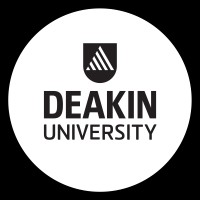
The California State University
The California State University is the largest system of four-year higher education in the country, with 23 campuses, 56,000 faculty and staff and more than 450,000 students. Created in 1960, the mission of the CSU is to provide high-quality, affordable education to meet the ever-changing needs of California. With its commitment to quality, opportunity, and student success, the CSU is renowned for superb teaching, innovative research and for producing job-ready graduates. The CSU powers California and the nation, sending nearly 127,000 career-ready graduates into the workforce each year. In fact, one in every 20 Americans holding a college degree earned it at the CSU and our alumni are 4 million strong.






